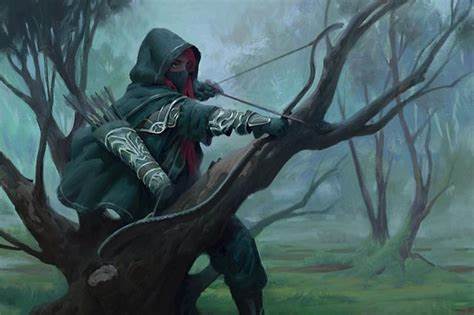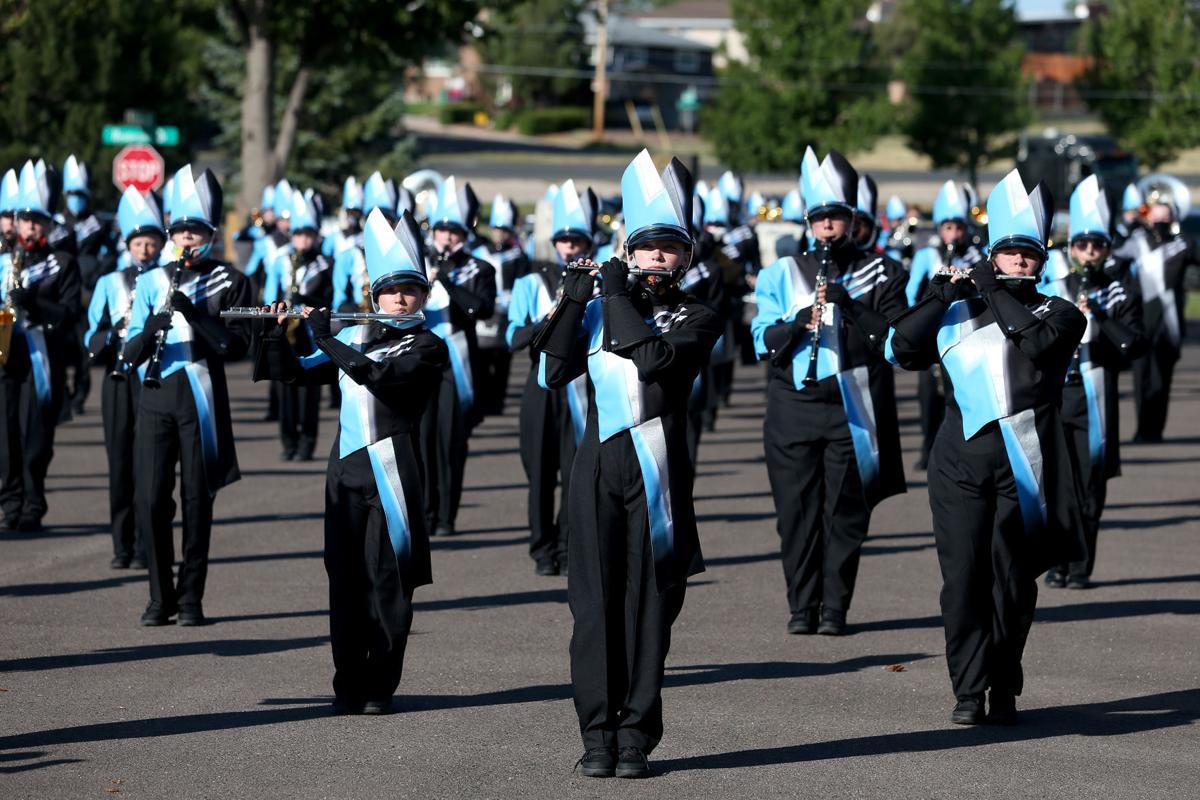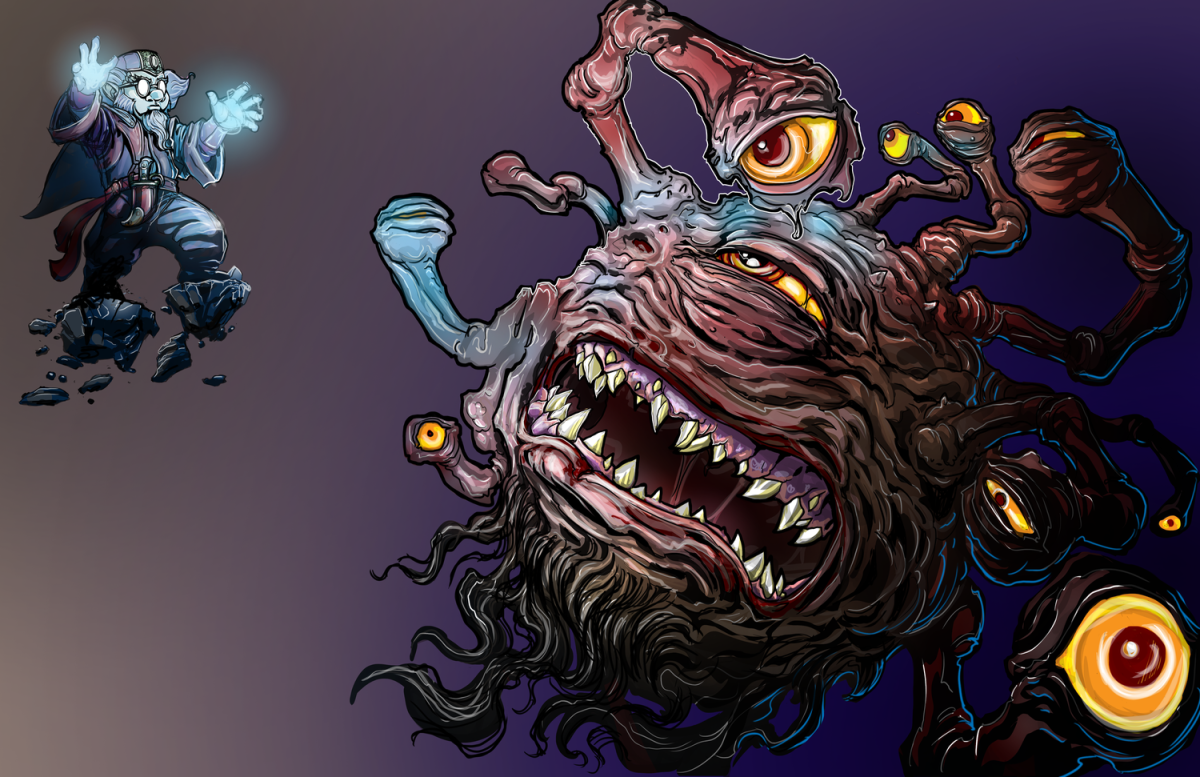The Ranger class in Dungeons & Dragons 5th Edition (D&D 5E) is a versatile and adaptable class, combining elements of martial prowess and spellcasting with nature-based skills and abilities. Rangers excel in tracking, exploring, and dealing damage at range or in close combat. They can act as scouts, survivalists, or guides, offering invaluable support and firepower in both the wilderness and on the battlefield. This guide will take you through building and playing a Ranger to get the most out of your adventures.
What is a Ranger in D&D 5E?
Rangers are hunters, wilderness survivalists, and masters of both weapon and spell. Their connection to nature gives them abilities that allow them to track enemies, navigate harsh environments, and deal significant damage to their chosen enemies. Known for their adaptability, Rangers are excellent at blending martial and magical abilities, making them both self-sufficient and supportive of their allies.
Step-by-Step Guide to Creating a Ranger
1. Choose Your Ranger Archetype
At the core of every Ranger character is their Ranger Archetype, the subclass you choose at 3rd level. This choice shapes the role you play in combat and what unique abilities you gain. There are a few popular archetypes, each with its own distinct playstyle:
- Hunter: A classic archetype focused on dealing extra damage and gaining versatility in combat. You can choose abilities that let you handle groups of enemies, defend yourself more effectively, or dish out additional attacks.
- Beast Master: This archetype gives you a powerful animal companion that fights alongside you. This companion can be customized, making the Beast Master ideal for players who want a loyal ally and enjoy tactical teamwork with a pet.
- Gloom Stalker (Xanathar’s Guide to Everything): Perfect for stealthy Rangers, Gloom Stalkers excel in dark environments, gaining bonuses on their first turn in combat, darkvision, and a few powerful spells.
- Fey Wanderer (Tasha’s Cauldron of Everything): This archetype gives you charm and teleportation abilities, making you a more mystical type of Ranger who has a connection to the Feywild.
- Horizon Walker: This Ranger is attuned to planar magic, gaining the ability to teleport short distances and deal bonus force damage to enemies, making them versatile fighters and defenders against extraplanar threats.
Each archetype has unique features and role-playing potential. Choose one that best fits your vision of a Ranger’s abilities and the challenges they will face in your campaign.
2. Choose a Race
When selecting a race for your Ranger, prioritize those that boost your Dexterity or Wisdom, as these two stats are essential for Rangers’ damage output, AC, and spellcasting abilities. Some popular races for Rangers include:
- Wood Elf: With a bonus to Dexterity and a natural affinity for stealth, Wood Elves are an excellent choice for Rangers, especially those who prioritize ranged attacks and mobility.
- Human (Variant): The Variant Human gets a free feat at 1st level, which can be particularly useful for picking up ranged or defensive feats early on.
- Half-Orc: If you prefer a more melee-focused Ranger, Half-Orcs are great for survivability with a boost to Strength, and the Relentless Endurance feature keeps you standing in combat.
- Tabaxi: Dexterous and quick, Tabaxi Rangers are well-suited for scout roles, and their climbing speed and burst movement make them versatile explorers.
3. Ability Scores and Skills
Your Ranger’s primary abilities should be Dexterity and Wisdom. Dexterity boosts your ranged and melee attack rolls, armor class (AC), and damage for ranged weapons, while Wisdom powers your spellcasting abilities, Perception, and other survival skills.
An optimal ability score priority for a typical Ranger build might look like this:
- Dexterity (for attacks, AC, Stealth, and Initiative)
- Wisdom (for spellcasting and Perception)
- Constitution (for hit points and resilience)
- Strength (if you’re planning a more melee-focused build)
- Intelligence and Charisma (less essential for Rangers)
For skills, the Ranger class provides several options that fit a range of archetypes:
- Perception: Vital for spotting enemies, traps, and hidden paths.
- Stealth: Useful for sneaking and staying hidden, especially if you’re a ranged Ranger.
- Survival: Essential for navigating and thriving in the wilderness.
- Nature: Helpful for identifying plants, animals, and magical creatures.
4. Ranger Class Features
Rangers have a set of core class features that emphasize their connection to the natural world and their adaptability in combat.
- Favored Enemy: Choose a type of creature (like Undead, Fiends, etc.) that you are particularly skilled at tracking and fighting. This grants bonuses to your tracking ability and, later, to your damage against these creatures.
- Natural Explorer: This feature grants bonuses when you’re in your chosen terrain type, like moving more quickly and navigating better. It makes the Ranger excellent at exploring and dealing with outdoor settings.
- Primeval Awareness: This ability allows you to sense the presence of certain types of creatures in the area. It’s a useful ability for locating specific threats.
- Extra Attack: Like other martial classes, Rangers gain an additional attack at 5th level, which enhances their combat effectiveness.
In Tasha’s Cauldron of Everything, optional Ranger features are provided to add flexibility to Favored Enemy and Natural Explorer, allowing you to choose additional spells and adapt your Ranger’s skills.
5. Spellcasting
Rangers are half-casters, so they gain a limited selection of spells that complement their abilities in combat and exploration. Their spell list includes spells that emphasize mobility, damage, tracking, and support. Some useful spells include:
- Hunter’s Mark (1st-level): A bonus action spell that boosts your damage against a target and makes it easier to track them.
- Cure Wounds (1st-level): A handy healing spell, especially if your party lacks a dedicated healer.
- Pass Without Trace (2nd-level): Greatly improves the Stealth of you and your allies, making it easier to avoid detection.
- Spike Growth (2nd-level): Creates a damaging area that slows enemies, perfect for controlling the battlefield.
- Conjure Animals (3rd-level): Summons creatures to fight for you, giving you versatility in combat.
Rangers prepare their spells daily, which means you can change up your spell selection based on what the adventure might demand.
Playing Your Ranger: Role-Playing and Combat
1. Role-Playing Your Ranger
Rangers are often characters with strong connections to nature, an unwavering sense of duty, or a desire to protect the world from dangerous creatures. When role-playing a Ranger, consider these aspects:
- Background: Is your Ranger a former scout, a guardian of a sacred forest, or a nomadic hunter? A background like Outlander, Folk Hero, or Hermit can complement your character’s outdoor expertise.
- Motivations and Relationships: Rangers often have a personal stake in their missions. They might have a vendetta against their Favored Enemy or a commitment to protecting their homeland.
- Connection to the Wild: Rangers are often solitary by nature but deeply in tune with their surroundings. Think about how your character relates to other people compared to their relationship with the wilderness.
2. Combat Strategy
Rangers are adaptable fighters who can excel at both ranged and melee combat, depending on your build. Here are some tips for combat:
- Ranged Combat: Use your Hunter’s Mark spell and take advantage of Extra Attack at level 5 to consistently deal damage from afar. With ranged weapons like longbows or crossbows, you can stay out of harm’s way while whittling down enemies.
- Melee Combat: Melee Rangers, especially Beast Masters or Gloom Stalkers, can engage in close combat effectively. With Hunter’s Mark or additional features from your archetype, you can boost your melee damage significantly.
- Control the Battlefield: Use spells like Spike Growth and Ensnaring Strike to control the flow of combat. These spells can hinder enemy movement or deal damage over time, giving you and your allies a strategic advantage.
- Scout and Support: With your high Perception, Stealth, and ability to track enemies, you’re well-suited to scouting ahead for danger, warning your allies of threats, and setting up ambushes.
3. Adapt to the Environment
Rangers shine in wilderness exploration. Make use of Natural Explorer and your chosen skills to help the party avoid danger, find resources, and navigate difficult terrain. Rangers are designed to lead the way through tough environments and provide the group with important information about the surroundings.
Conclusion
The Ranger in D&D 5E is a versatile class that combines martial combat with spellcasting and nature-based abilities. Whether you’re dealing ranged damage as a Hunter, fighting alongside a beast companion as a Beast Master, or exploring dark places as a Gloom Stalker, the Ranger offers a wealth of options and unique abilities that make them a vital member of any adventuring party. With a balance of preparation, tactical play, and role-playing, your Ranger can become both a deadly hunter and a valued protector of the natural world.











